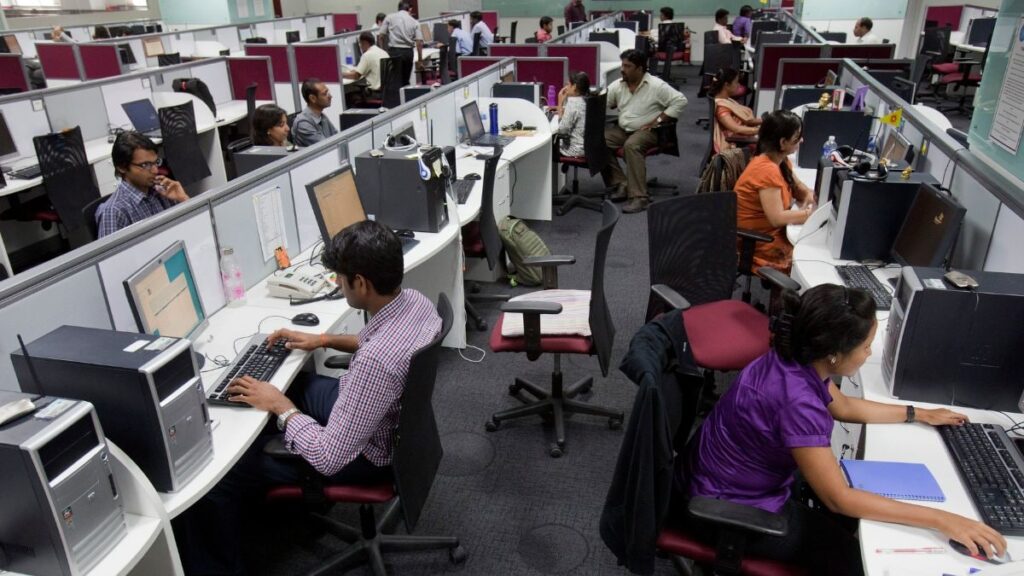Mumbai: The government will need to inject more funds into the education sector to bring in more public-private partnerships, encourage internship programmes, create centers which are focused on core skill sets like AI and to open better infrastructure for a stronger impact of the National Education Policy.
“The current expenditure of 3.5% of GDP will not be sufficient to implement the National Education Policy,” said Avantika Tomar, partner, EY-Parthenon India Education. Centers of Excellence and university incubation centers dedicated to AI, and highlight the need for more Early Childhood Education infrastructure and teachers.”
In the Provisional Budget of February, the government had allocated ₹73,498 crores for FY24-25 for the school education and literacy department. The allocation for higher education for FY24-25 has been kept at the level ₹47,619.77 crores.
In India, where students depend on rote learning and many thousands sit for competitive entrance exams for engineering, medical and civil services; The need of the hour is for a system where other subjects gain enough importance to make the youth employable.
The National Education Policy (NEP) when launched in 2020 had aimed for an “education system rooted in Indian ethos that directly contributes to the transformation of India, namely Bharat, sustainably into an equitable and vibrant knowledge society , providing high quality education for all, and thus making India a global knowledge superpower”. Sector observers say that investments in infrastructure should be on the priority list.
“On the subsequent adoption of the NEP, we need investment in infrastructure expansion, training of academic and support faculty, management, etc. – we need to identify and allocate financial resources to meet these requirements,” Narayanan Ramaswamy, Leader National, Education and Skills Development, Government and Public Services, KPMG, said.
NEP stakeholders—starting with the government, autonomous institutions and states, because education is a topic on the Concurrent list—have taken initial steps, but much more needs to be done to overcome the pandemic barrier.
The Way Forward
But there is another section that insists that the NEP should be given more time to measure its impact. “We need to review NEP 2020 after 10-12 years, only then will we know what its contribution has been,” said Anurag Behar, chief executive of the Azim Premji Foundation and one of the drafting committee members for NEP 2020. time frame is necessary not only because a comprehensive policy like this has many dimensions and parts that are implemented by a very large range of actors, but also because in education any effect appears after a long cycle.
There is a fundamental need to invest in the education system including but not limited to vocational courses, training programs and infrastructure of institutes at all levels, for reducing dropout rates, assessing the impact of policy at the grassroots level, and more late. increase employability.
“The budget is expected to prioritize skills development and expand apprenticeship programs essential to building a highly skilled workforce capable of advanced manufacturing and technology adoption,” said Ramesh Alluri Reddy, executive director at TeamLease Degree Apprenticeship.
There may be more focus on increasing the number of medical and engineering colleges at a time when the government is taking a closer look at coaching industry businesses and the pressure on students to get the few places available is increasing.
#Raising #funds #education #budget #solve #employment #issues
Image Source : www.livemint.com


